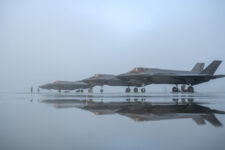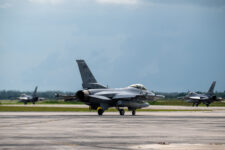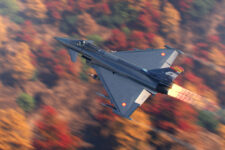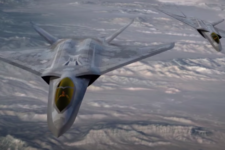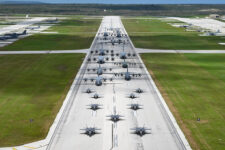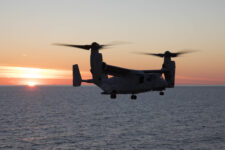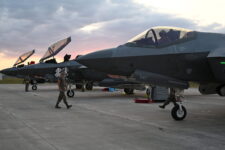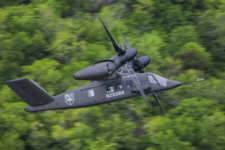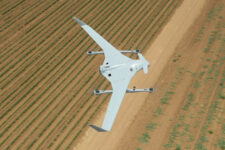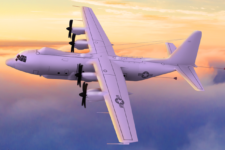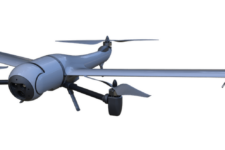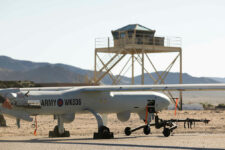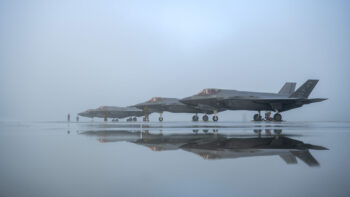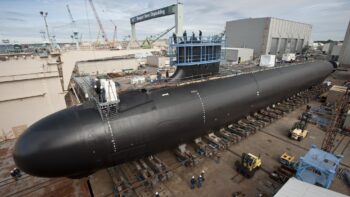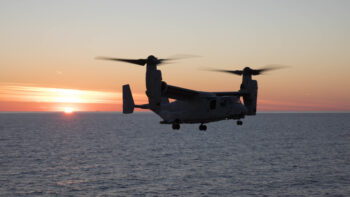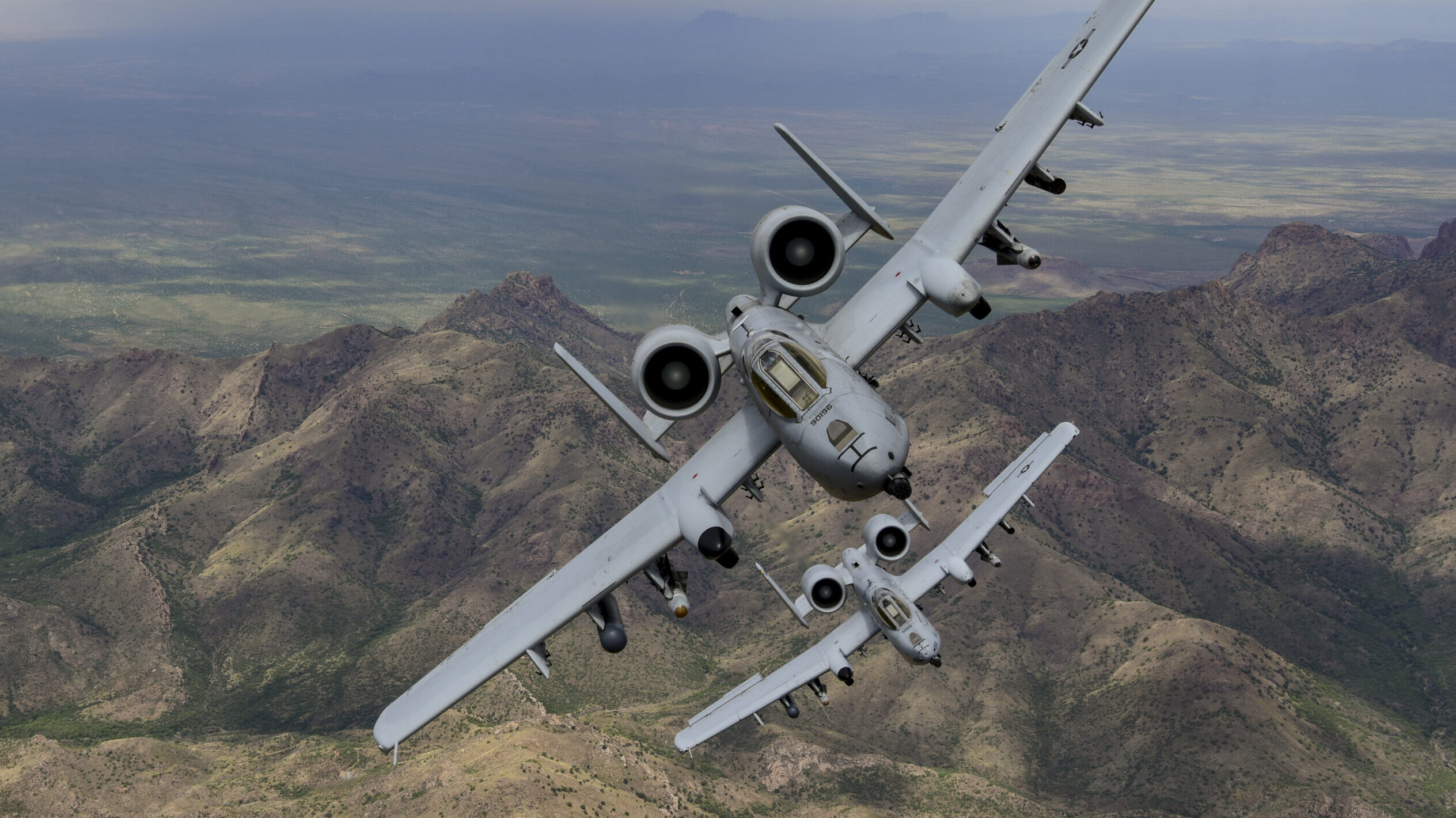
Two A-10C Thunderbolt IIs fly in formation over southern Arizona, April 29, 2019. The A-10 is built around the GAU-8 Avenger 30MM Gatling gun and is capable of carrying an additional 16,000 pounds of munitions under the wings and belly of the aircraft. (U.S. Air Force photo by Staff Sgt. Betty R. Chevalier)
AIR WARFARE SYMPOSIUM — The Air Force wants to stop flying its remaining fleet of A-10 Warthogs by 2028, according to the service’s top uniformed official.
For over a decade, service leaders have been seeking to move away from the A-10, an aircraft beloved by forces on the ground but which Air Force planners say would be easy pickings against a future fight with Russia and China. Such requests have largely been blocked by Congress, at least until fiscal 2023, when Congress cleared the way for 21 Warthog retirements. The move dropped the total inventory of the aircraft to 260, a number Air Force Chief of Staff Gen. CQ Brown said he’d like to see reduced to zero in the near future.
The A-10 will “probably” be out of the service’s inventory “over the next five or six years,” Brown said during a media roundtable at the Air and Space Force Association’s Air Warfare Symposium on Tuesday, days before the Pentagon is set to unveil its FY24 budget request.
A key reason Brown said the service is seeking the divestment is to move in the direction of multi-role capability. Fighters need to be able to fulfill multiple mission sets, Brown said, which the Warthog cannot achieve.
“The A-10 is a great airplane. It’s a great airplane in an uncontested environment,” he said. “The challenge is we’re going to be in more contested environments in the future.”
According to Brown, combatant commands are reluctant to even ask for the aircraft due to its limited role in close air support.
“A-10s are not the things they’re asking for,” he said, adding that “matter of fact, I’m having difficulty having them use A-10s because it’s kind of a single-mission airplane.”
Brown further predicted that the frequency of close-air support (CAS) missions would “probably” fall in the near future, in part due to the effectiveness of modern air defenses that a top US general separately said Tuesday has rendered many aircraft “worthless” in the war in Ukraine.
The F-35 is planned to replace the aircraft’s close air support capabilities, though Brown emphasized that other platforms in the Air Force’s inventory like bombers can also execute a similar mission. “All the services believe the F-35 can do close air support,” he said. (Supporters of the A-10 have long argued that fast-moving jets or high-altitude bombers lack the precision of the A-10, which flies “low and slow” over forces; the Air Force counters that precision guided munitions have rendered this concern moot.)
Previously, a statutory mandate required the service to finish out initial operational test and evaluation (IOT&E) for the F-35 before A-10 divestments could proceed, which cannot yet be completed due to issues for the fighter’s long-troubled Joint Simulation Environment that have frozen the program in low-rate initial production.
In a batch of legislative proposals sent to Congress last year, the Air Force asked lawmakers to waive the requirement so A-10 divestments could proceed. While the Air Force has not formally stated it received the waiver, A-10 divestments were allowed to happen in the final FY23 National Defense Authorization Act.
